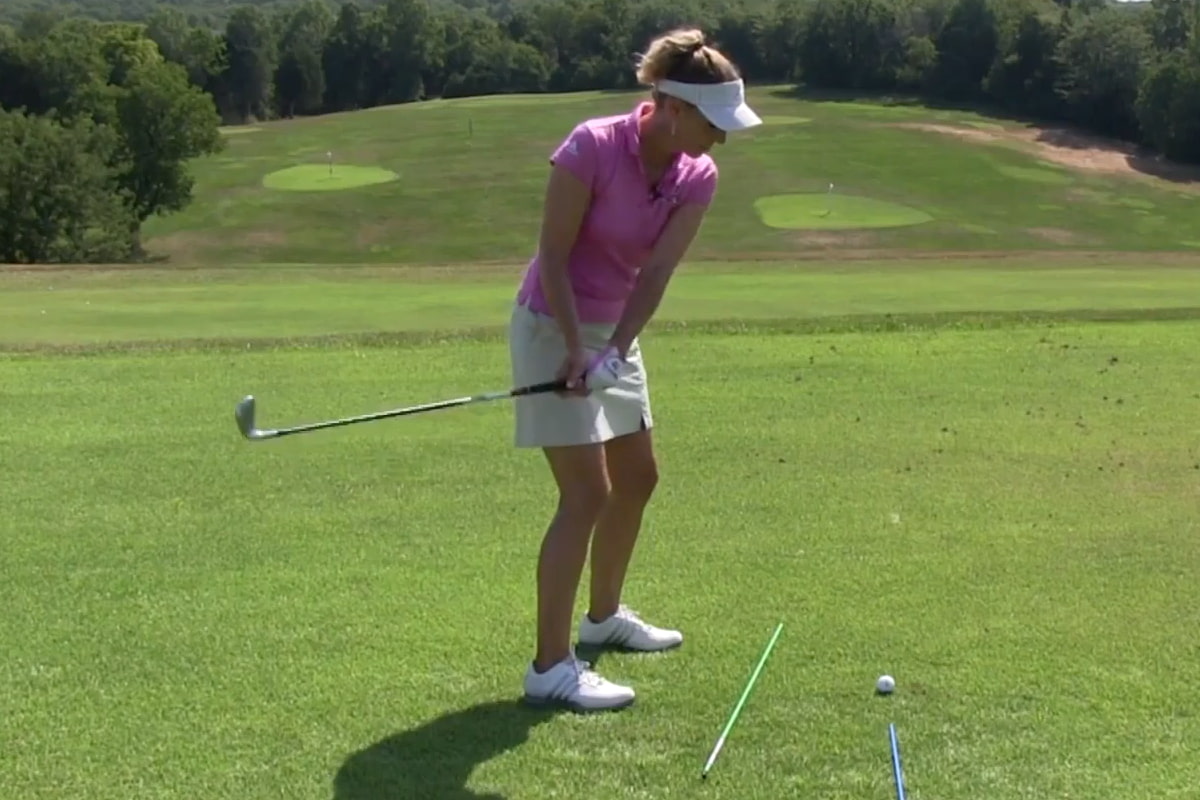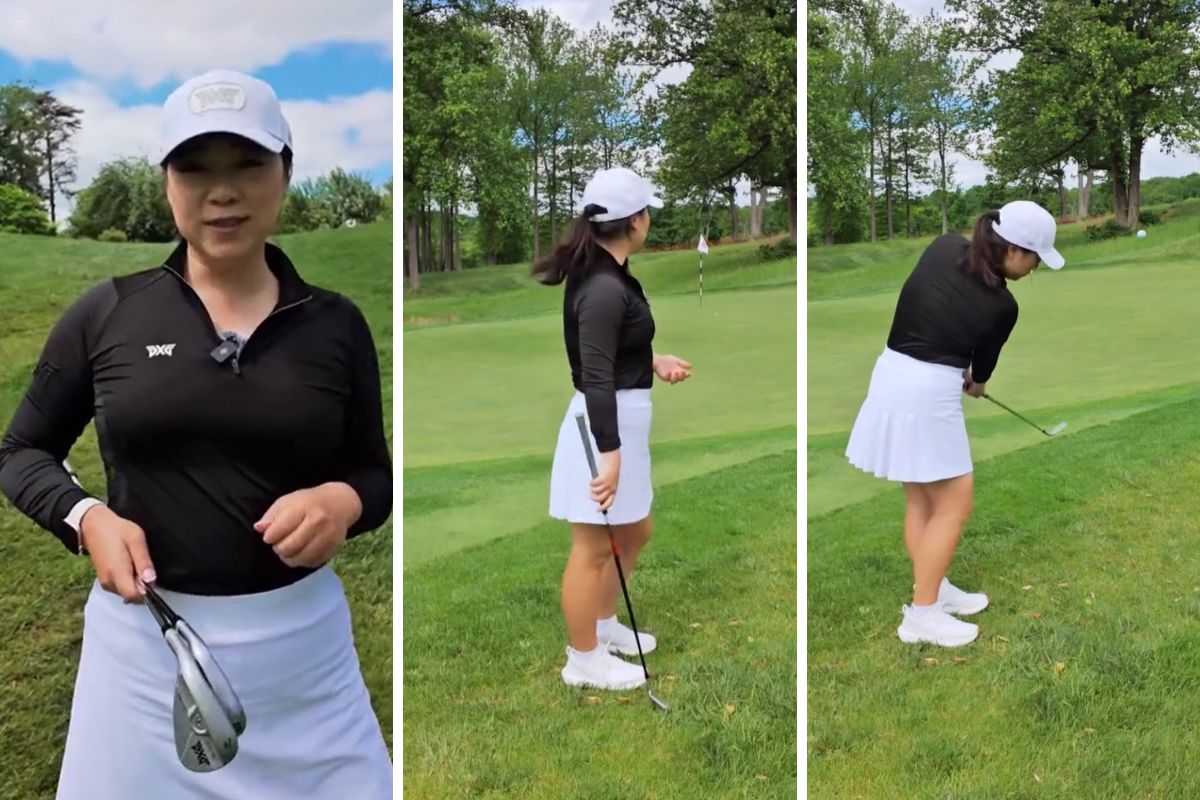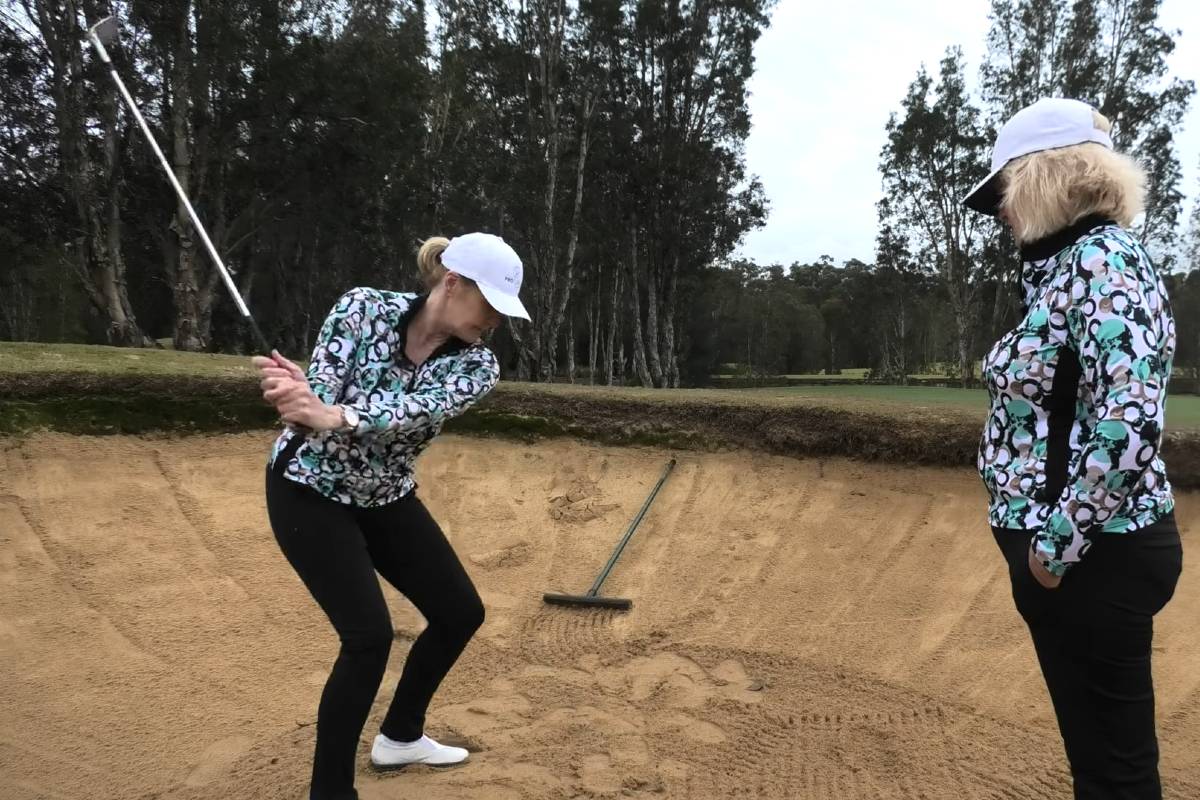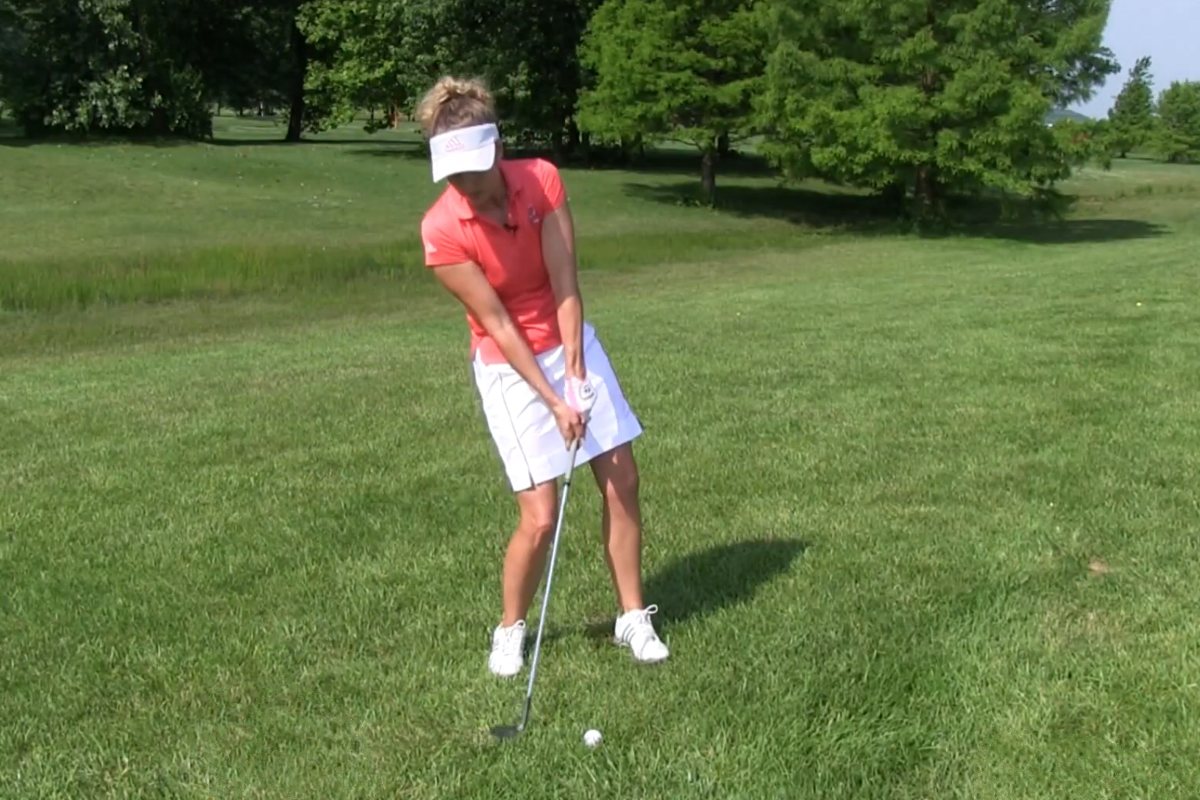Most golfers think of a draw as the ideal ball flight. They also think of a hook as the most dreaded ball flight. Think of a draw as a slight curve whereas a hook is much more dramatic.
Whether this is a good thing or a bad thing depends on if the draw/hook is hit intentionally and controlled. A draw or hook shot has topspin so it is often sought after for a tee shot. The ball will kick as it hits the fairway, giving the player extra yardage. Hitting one into the green is risky, however, as it is very difficult to get the ball to stop. A highly skilled golfer will draw the ball off of the tee and fade it into the greens.
The definition of a draw/hook is a ball that starts out to the right of a player’s target (if they are right-handed) and curves back to the left. It is only a natural ball flight for about 15% of all golfers. It seems difficult for most golfers to pull off, but with a few small simple changes to your set up, it will be a cinch.
The Situation
You want to hit a draw or a hook that is controllable and repeatable.
The Solution
Aim your clubface at your target (where you want the ball to end up). Aim your feet, knees, hips, and shoulders along the line that you want the ball to start out. The club face will be closed in relation to where you are aiming.
The most difficult part is getting used to looking down at a closed face. Swing along your body line. If this is not creating enough draw/hook for your swing, the next step is to try to strengthen your grip a little bit.
These are just a few simple moves to put you well on your way to shaping your draw/hook.
Factors You Can Control to Hit a Draw
Now let’s take a closer look at the factors that will help you to draw or hook your golf ball.
Clubface
When your clubface is closed to your target at impact your ball will draw or hook depending on how much it is closed.
Alignment…If you align yourself to the right of your target it will force an inside/out swing causing the ball to start to the right of your target (if you are right-handed) and spin back to the left.
Grip
A strong grip will help to draw or hook the ball.
Arm Rotation
Rotating your arms aggressively through the hit will cause the clubface to close and the ball to draw or hook.
Path/Plane
If you swing inside/out in relation to your target line as you hit the ball it will cause a draw or hook.
Ball Position
The further back in your stance you play the ball the more likely you are to hit it with an inside/out path creating a draw or hook.
You can easily see how the list above helps you to put spin on your ball. As I stated earlier, however, a true draw/hook is one that starts to the right of your target (if you are right-handed) and spins back to the left.
Which one of the factors above do you think you really need to alter to create a draw/hook? It may surprise you when I tell you the answer is only one. Your alignment. That is, of course, assuming everything else in your swing is for the most part neutral. A skilled player may be able to alter their forearm rotation, path or grip, but for the average player that is just way too complicated.
I hope you have enjoyed this lesson and you can use these adjustments to make hitting the perfect draw or hook as simple as possible and a shot that you can repeat on demand.










